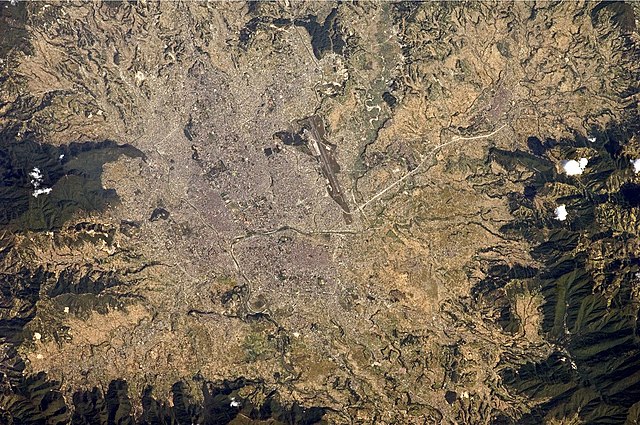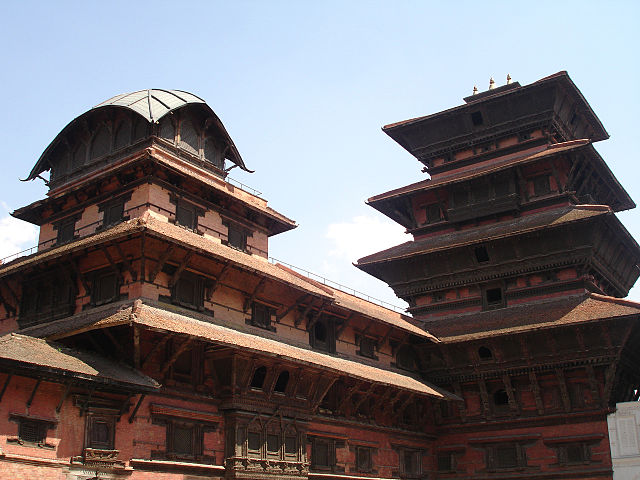The Licchavis of Nepal was a kingdom which existed in the Kathmandu Valley, Nepal from approximately 450 CE to 750 CE. The Licchavi clan originated from the Licchavis of Vaishali in modern-day Bihar, and conquered the Kathmandu Valley. The Licchavis were ruled by a maharaja, aided by a prime minister and other royal officials, but in practice local communities were controlled by caste councils.
Licchavis of Nepal
Copper coin of Jishnu Gupta (c. 622–633) of the Nepalese Licchavi Dynasty. Obverse. The inscription above the winged horse is Sri Jishnu Guptasya
Copper coin of Jishnu Gupta (c. 622–633) of the Nepalese Licchavi Dynasty. Reverse
Image: Chandragupta I or Samudragupta. Circa 320 335 or 335 380 AD
The Kathmandu Valley, also known as the Nepal Valley or Nepa Valley, National Capital Area, is a bowl-shaped valley located in the Himalayan mountains of Nepal. It lies at the crossroads of ancient civilizations of the Indian subcontinent and the broader Asian continent, and has at least 130 important monuments, including several pilgrimage sites for Hindus and Buddhists. There are seven World Heritage Sites within the valley.
Kathmandu valley seen from the space by the NASA Earth Observatory
The Durbar Square in Kathmandu
Pashupatinath Temple, dedicated to Pashupati.
Swayamhbu Stupa








